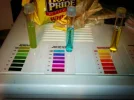fastrd400
It wasn't me!
Bio Pellets seems to be the next big thing in terms of water chemistry. Bio pellets are a biodegradable polymer that serves as a stable and consistent organic Carbon food source and substrate for bacterial strains that consume organic compounds including Phosphate and Nitrate.
There are a few companies making bio pellets (Warner Marine, and BRS being 2 of them). I chose to go with the Warner Marine EcoBak bio pellets. My reason for choosing them is I trust the company, and I personally know several people that are running this brand.
The first thing you nned to do is obtain a reactor to house you bio pellets. Make sure you get one that is big enough to run the amount. I chose to incorporate a NextReef MR1 knowing it will be able to hold 750 Ml of the media once the system is up and running to full potential.
The first thing you need to do when starting this system is remove the sponge pads inside the reactor.
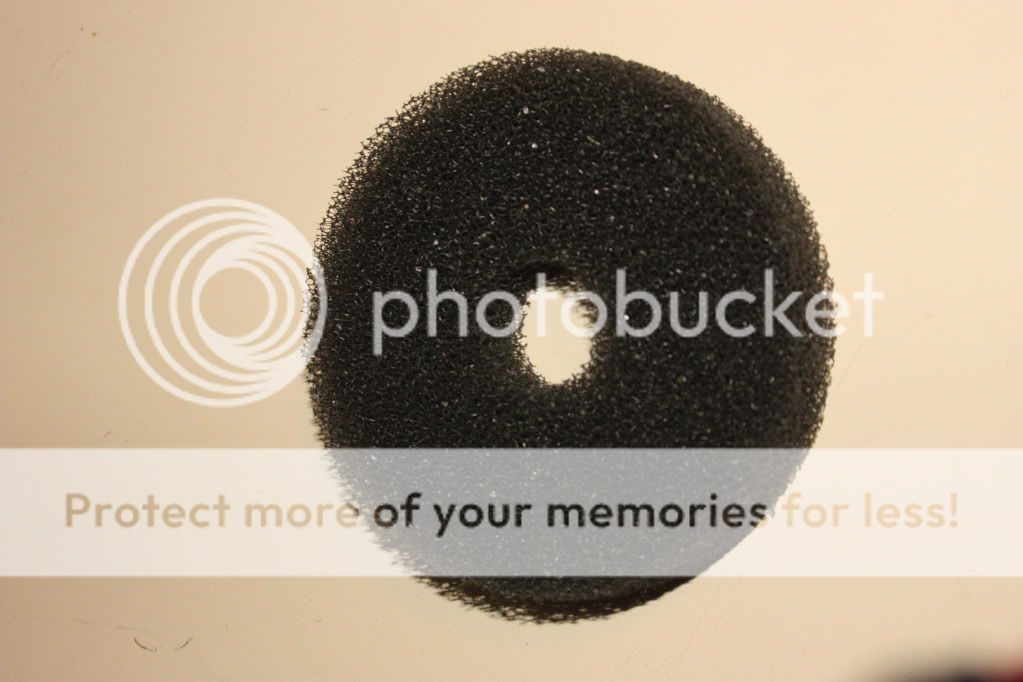
These should be replaced with a plastic screen. I purchased a package from the local craft store. These are needle point screens.
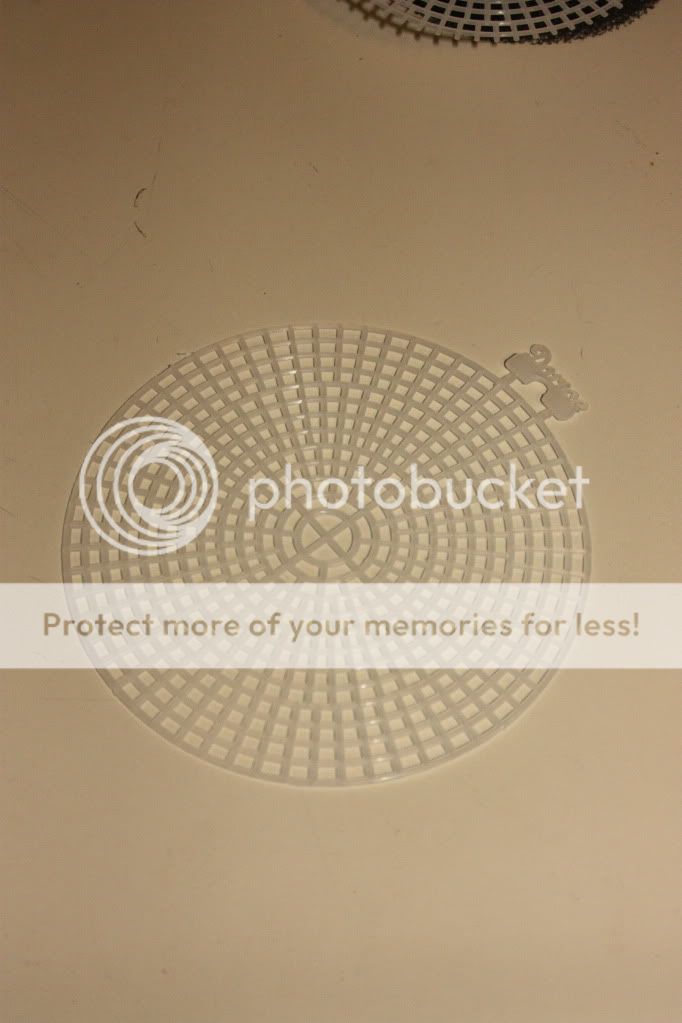
Next cut the screen to fit the reactor body. Do not cut it the same size as the sponge because it will be too small and allow the bio pellets to fall under it. It should fit snuggly. If the edges curl up a bit that is okay.
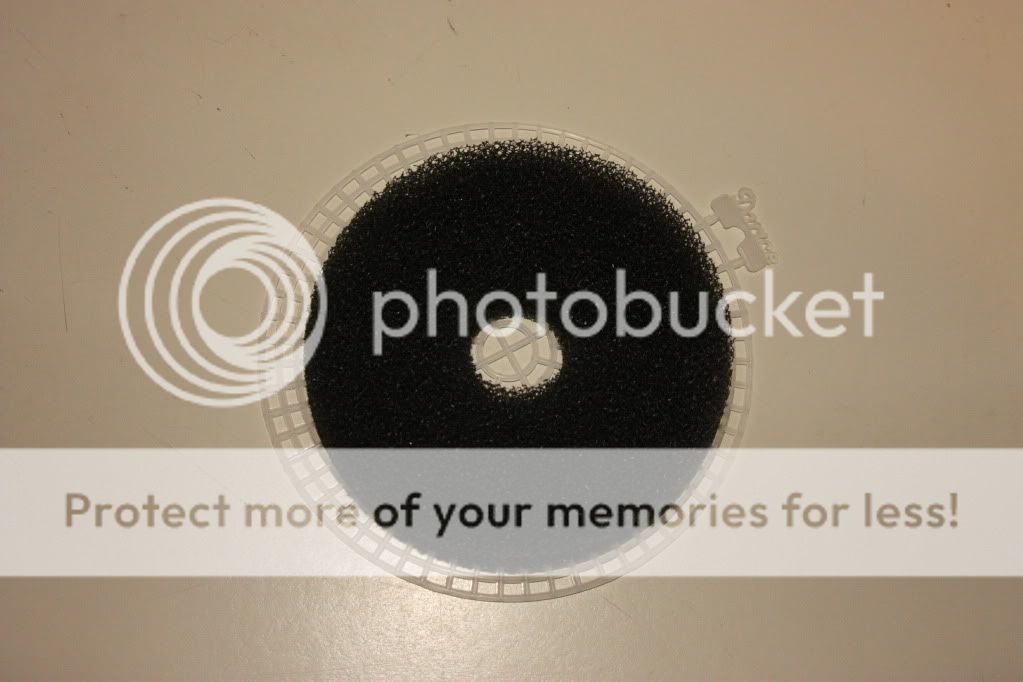

Once you have your screens cut, measure out and rinse off your biopellets in clean RO/DI water. My sytem calls for 750Ml of bio pellet media. From my research, I am starting out with 500Ml, and in a few weeks will add the additional 250Ml.
Add the Bio pellets to the reactor
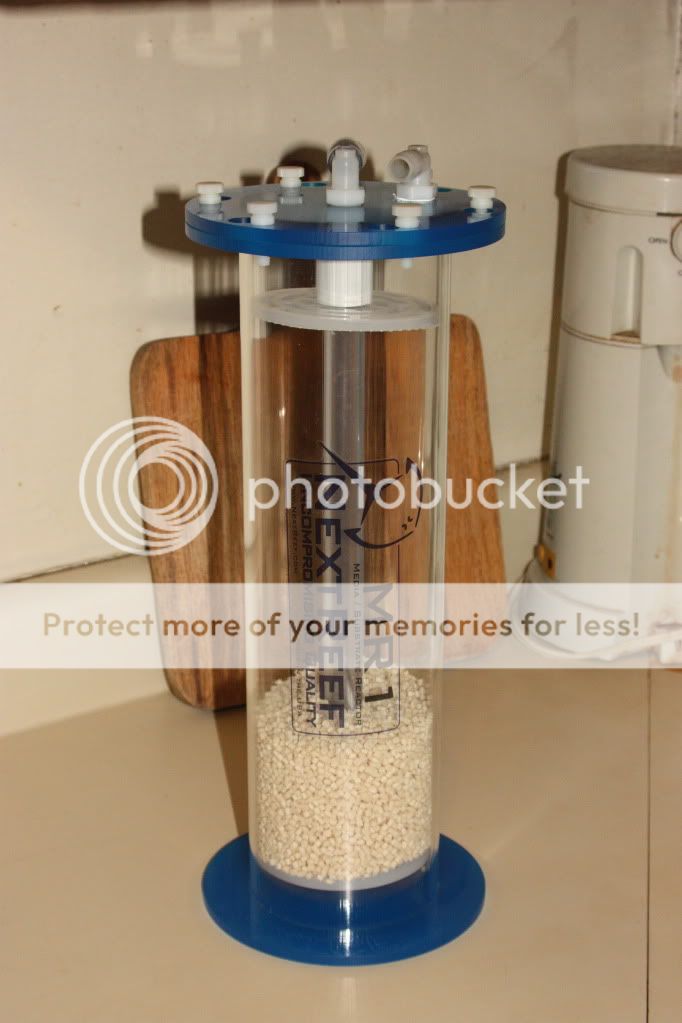
Once the reactor is filled, decide where you want to place it in your sump/stand. You can have it in or out of the water, doesn't matter. Measure your tubing and cut it to fit. You should have a pump that will move a minimum of 100GPH through the reactor. I chose a Maxi Jet 1200 with a ball valve (to control flow) to push the water. Next step is to cut the discharge tubing on the reactor. It is important that the end of your discharge tube is at or very near the inlet to your skimmer pump.
Plug in your pump and watch as the reactor is filled. You want to see a very gentle tumble of the media. If you are using a ball valve in-line with your pump you can adjust water flow. If you get no tumbling at all is is okay as long as you are sure you have at a very minimum 100 GPH pushing through your media.
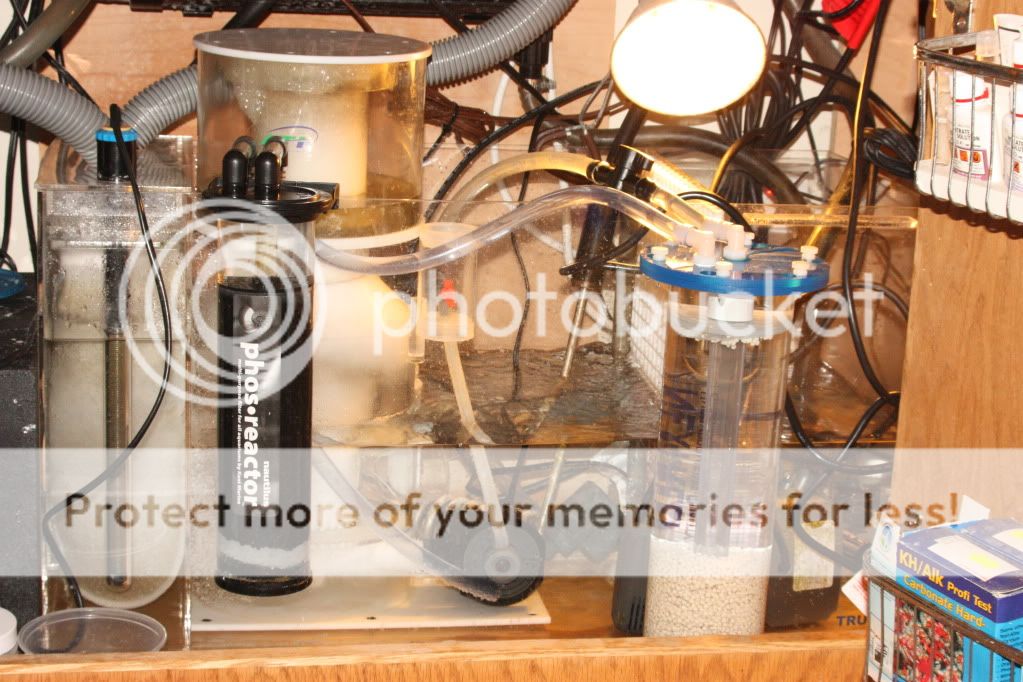
More will be added to this thread. Also hopefully the other members that are running bio pellets can share their experience here as well.
There are a few companies making bio pellets (Warner Marine, and BRS being 2 of them). I chose to go with the Warner Marine EcoBak bio pellets. My reason for choosing them is I trust the company, and I personally know several people that are running this brand.
The first thing you nned to do is obtain a reactor to house you bio pellets. Make sure you get one that is big enough to run the amount. I chose to incorporate a NextReef MR1 knowing it will be able to hold 750 Ml of the media once the system is up and running to full potential.
The first thing you need to do when starting this system is remove the sponge pads inside the reactor.

These should be replaced with a plastic screen. I purchased a package from the local craft store. These are needle point screens.

Next cut the screen to fit the reactor body. Do not cut it the same size as the sponge because it will be too small and allow the bio pellets to fall under it. It should fit snuggly. If the edges curl up a bit that is okay.


Once you have your screens cut, measure out and rinse off your biopellets in clean RO/DI water. My sytem calls for 750Ml of bio pellet media. From my research, I am starting out with 500Ml, and in a few weeks will add the additional 250Ml.
Add the Bio pellets to the reactor

Once the reactor is filled, decide where you want to place it in your sump/stand. You can have it in or out of the water, doesn't matter. Measure your tubing and cut it to fit. You should have a pump that will move a minimum of 100GPH through the reactor. I chose a Maxi Jet 1200 with a ball valve (to control flow) to push the water. Next step is to cut the discharge tubing on the reactor. It is important that the end of your discharge tube is at or very near the inlet to your skimmer pump.
Plug in your pump and watch as the reactor is filled. You want to see a very gentle tumble of the media. If you are using a ball valve in-line with your pump you can adjust water flow. If you get no tumbling at all is is okay as long as you are sure you have at a very minimum 100 GPH pushing through your media.

More will be added to this thread. Also hopefully the other members that are running bio pellets can share their experience here as well.

